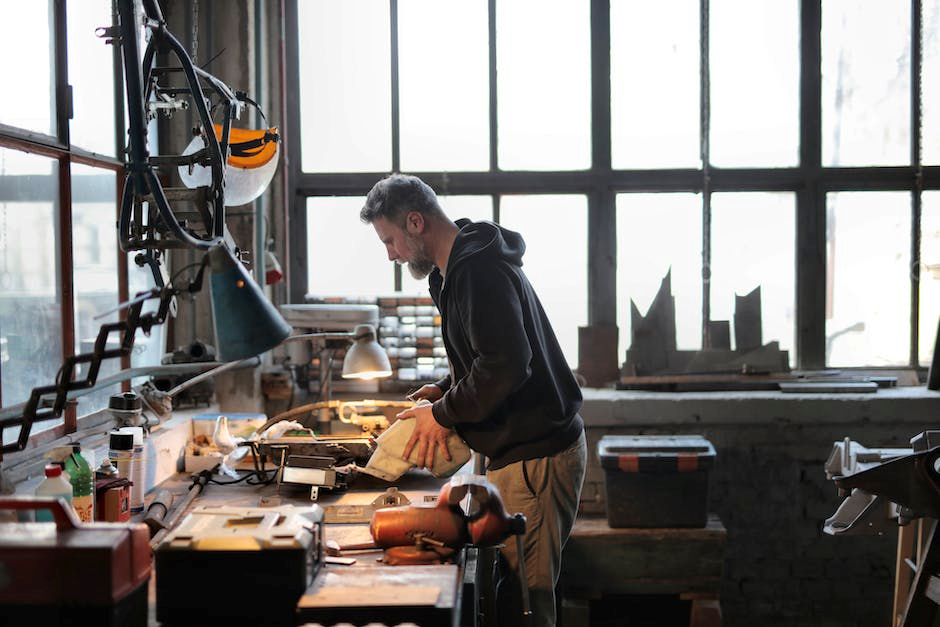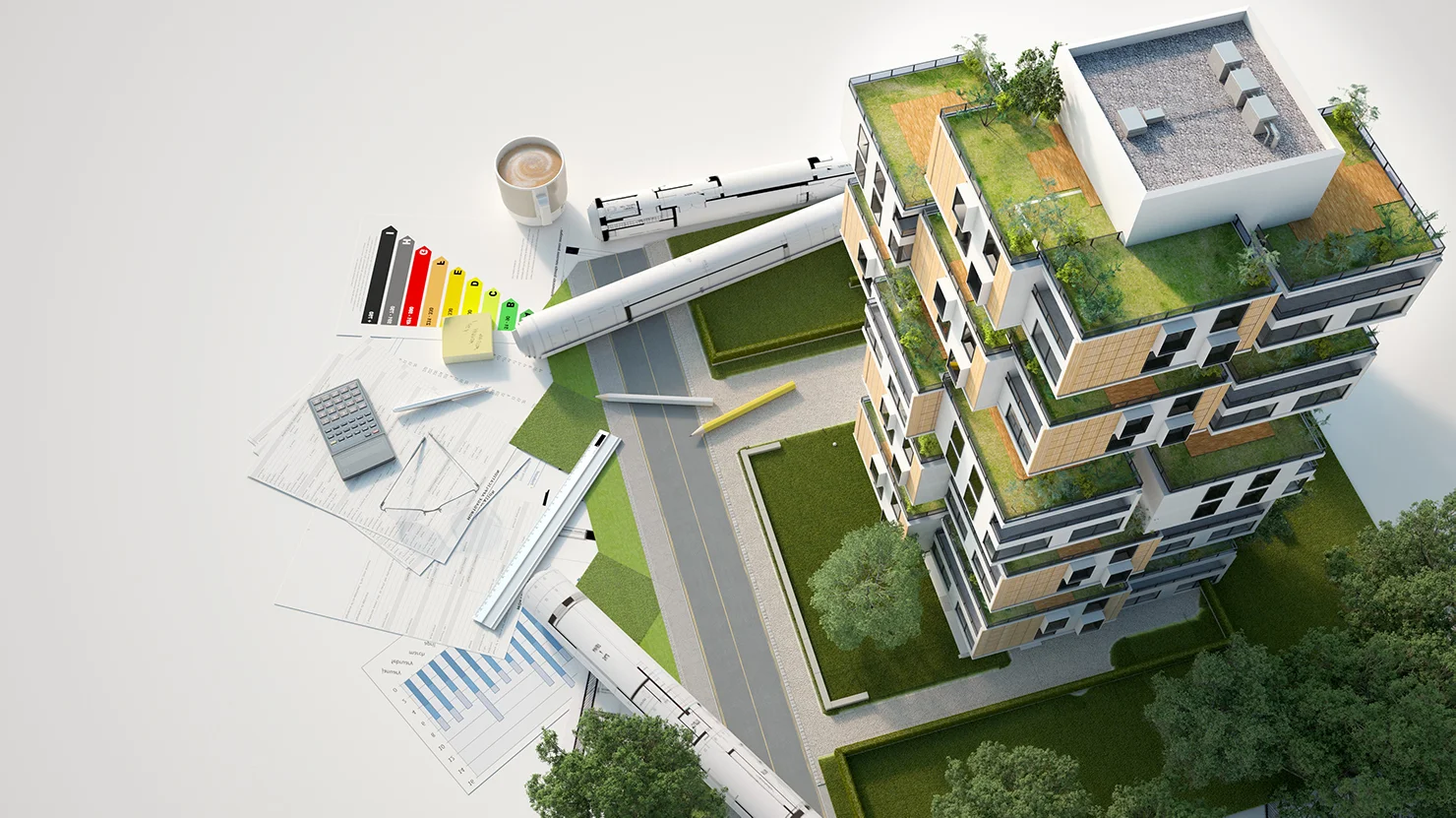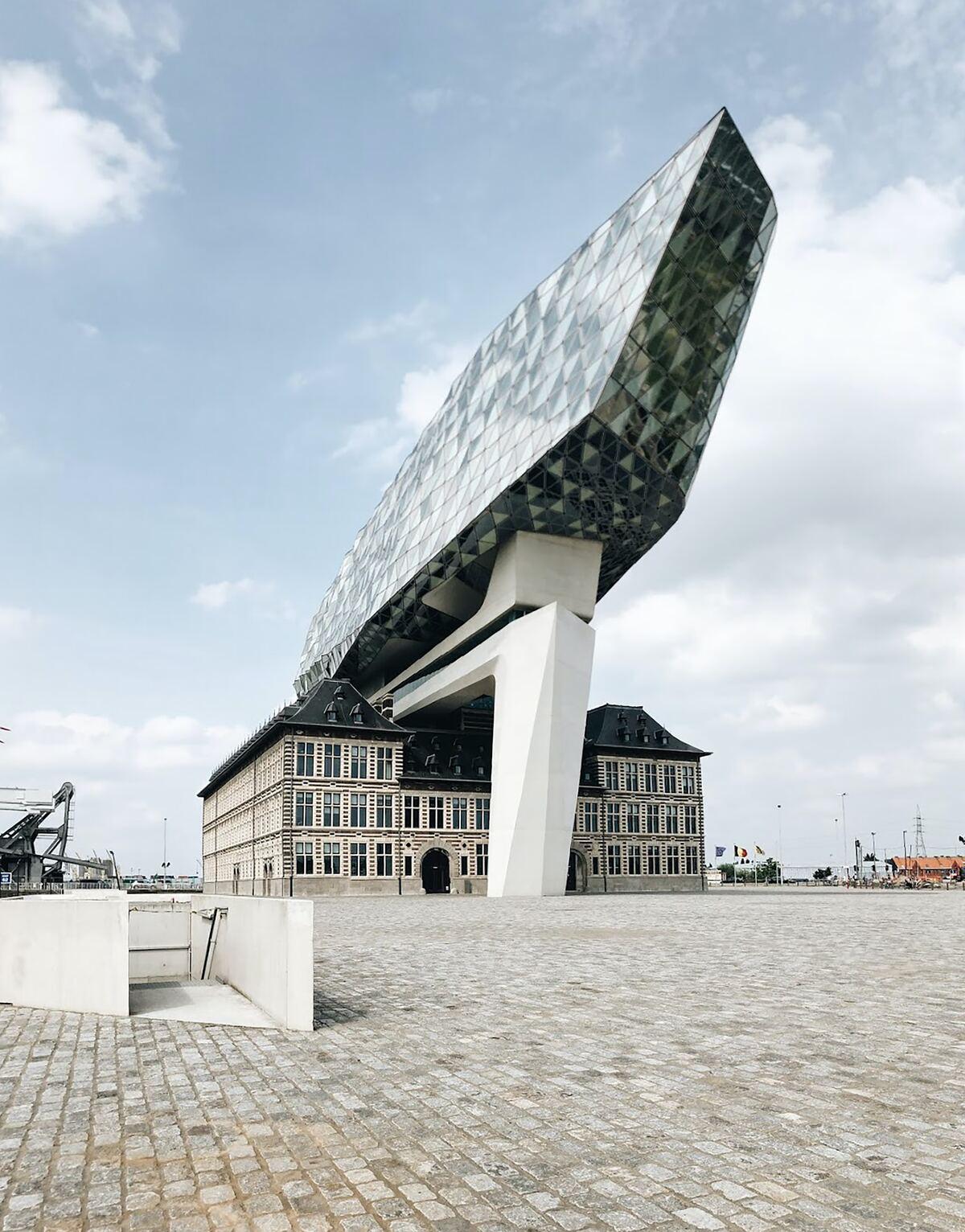In the ever-evolving world of architecture, rendering techniques have become the cornerstone of visual storytelling. As technology advances, we’re witnessing a shift in how architects and designers bring their visions to life. Gone are the days when simple sketches sufficed; today, digital tools offer a dynamic canvas for creativity and precision.
We’re seeing a surge in the popularity of real-time rendering, where immersive experiences allow clients to interact with designs like never before. Photorealistic renders are now the norm, driven by the demand for hyper-realistic visuals that blur the lines between reality and imagination. This trend is not just about aesthetics; it’s about enhancing communication and understanding between architects and clients.
As we explore what’s trending now, it’s clear that these innovations are reshaping the industry. Staying updated with the latest techniques isn’t just beneficial—it’s essential for anyone looking to make a mark in the architectural world.

Latest Trends in Architectural Rendering
Architectural rendering has made significant progress, with several trends gaining traction. Real-time rendering continues to redefine the industry by allowing immediate visualization changes, which enhances both client presentations and design processes. Software like Unreal Engine and Unity are leading this shift.
Augmented reality (AR) and virtual reality (VR) are also gaining popularity. These technologies offer immersive experiences, enabling users to interact with virtual spaces in real-time. For instance, architects are using AR to overlay digital models onto physical spaces, providing a more tangible understanding of design implications.
AI-driven rendering is another trend to watch. By using machine learning, this approach automates aspects of the rendering process, improving efficiency and output quality. Tools like Lumion employ AI to create realistic textures and lighting, reducing manual labor.
Cloud-based rendering solutions are becoming more common. These platforms give architects access to powerful computing resources without the need for expensive hardware. Services such as Autodesk’s cloud rendering expedite complex projects by handling computing-intensive tasks remotely.
Finally, there’s a growing focus on sustainable design within rendering. Software now simulates environmental factors like daylight and energy use, aiding architects in creating eco-friendly designs. This integrates sustainability into the core of the architectural design process.
Innovative 3D Rendering Techniques
Architectural rendering is constantly evolving, driven by cutting-edge technologies and trends. New techniques elevate design visualization and enhance client experiences.
Real-Time Ray Tracing
Real-time ray tracing transforms how we visualize architectural designs by creating stunningly realistic images. Light isn’t just simulated; it’s traced as it interacts with surfaces, producing lifelike shadows and reflections. Tools such as NVIDIA RTX have revolutionized this process, making high-quality rendering accessible and efficient without compromising speed or detail.
Virtual Reality Integration
Virtual reality (VR) integration is reshaping client interactions with 3D models, offering an immersive experience of walking through a space before it’s built. VR headsets like Oculus Quest allow clients to explore and evaluate design elements firsthand, making real-time changes possible. By integrating VR, we bring conceptual designs to life, providing a comprehensive and engaging visualization tool that expands how we approach architectural projects.

Advancements in Photorealistic Rendering
Photorealistic rendering has transformed architectural visualization, setting new standards for realism and detail. Technological advancements continue to push boundaries, creating dynamic and true-to-life representations of architectural designs.
AI and Machine Learning Applications
Artificial intelligence (AI) and machine learning are redefining rendering workflows by automating tasks and enhancing image quality. AI-based tools like DALL-E and NVIDIA’s Deep Learning Super Sampling (DLSS) optimize render times, providing high-quality outputs faster than traditional methods. By analyzing large data sets, machine learning algorithms improve texture mapping and lighting effects, resulting in more lifelike images.
PBR Material Improvements
Physically Based Rendering (PBR) materials have become integral to achieving photorealism. Recent improvements focus on replicating real-world material properties such as surface roughness, reflectivity, and refractive indices. Tools like Substance Painter allow for detailed customization of textures, enhancing visual fidelity and ensuring accurate material representation in final renders. These advancements enable architects to create visuals that closely mimic real-world appearances, aiding in client decision-making and design validation.

Sustainable Design Rendering
Sustainable design rendering is gaining traction as architects focus on creating eco-friendly projects. Advances in technology enable detailed simulations of energy efficiency and material sustainability to aid architects in achieving their environmental goals.
Energy Efficiency Visualizations
Energy efficiency visualizations help architects showcase how their designs will perform under various environmental conditions. These visualizations simulate factors like natural light, thermal insulation, and energy consumption, allowing architects to optimize designs for reduced energy use. Tools such as Autodesk Insight and ECOTECT provide architects with data-driven insights to refine their projects to meet sustainability standards.
Eco-Friendly Material Simulations
Eco-friendly material simulations enable architects to explore the impact of different materials on the environment. By simulating the lifecycle of materials, including manufacturing and disposal processes, architects can make informed choices that minimize environmental impact. Software like Tally and One Click LCA offer architects the ability to evaluate the ecological footprint of their material selections, promoting sustainable building practices.
Importance of Hand-Drawn Techniques
Hand-drawn techniques maintain a vital role in architectural rendering, offering unique benefits that digital methods can’t replicate. These techniques foster creativity and originality, allowing architects to explore concepts with fewer constraints. While digital tools are precise, hand-drawn sketches provide a personal touch that resonates with clients, connecting them to the design process in an authentic way.
Flexibility in design modifications represents another advantage of hand-drawn renderings. Quick iterations and idea shifts occur smoothly, offering architects a nimble approach to problem-solving. When we engage hand-drawn techniques alongside digital tools, collaborative processes become richer, ensuring clients have a visual grounding in initial design ideas before progressing to high-fidelity digital renderings.
Moreover, hand-drawn techniques serve an essential role in education, allowing budding architects to develop fundamental visualization skills. Sketching by hand strengthens spatial understanding and nurtures an intuitive sense of proportion and scale. Through this tactile engagement, an invaluable skill set is fostered that complements modern digital practices in the architect’s toolkit.

Choosing the Right Software Tools
Selecting appropriate software tools is essential for effective architectural rendering. Diverse options offer unique features, catering to different needs and preferences. Popular choices include Autodesk 3ds Max, known for its powerful modeling capabilities and V-Ray integration that achieve photorealistic results. SketchUp provides intuitive modeling for quick design iterations and is ideal for user-friendly presentations.
For projects emphasizing real-time rendering, Unreal Engine and Unity stand out due to their advanced visualization capabilities and interactive design flexibility. Architects looking to incorporate AI-driven rendering can consider tools like Lumion, which automates processes and enhances productivity with its intuitive interface and extensive asset library.
Cloud-based solutions such as Blender on-demand and Autodesk’s cloud services offer scalable resources for extensive projects. These platforms benefit from remote collaboration, minimizing local hardware limitations and enabling teams to work efficiently from any location.
When sustainability is paramount, tools like Tally and One Click LCA integrate lifecycle analysis, supporting eco-friendly practices by evaluating material impacts. Eco-conscious architects also use Autodesk Insight for energy simulations, optimizing designs for environmental efficiency. By choosing the right software, architects align their rendering processes with project goals and client expectations.
Conclusion
Architectural rendering continues to evolve rapidly, driven by technological advancements and changing client expectations. Real-time rendering, augmented reality (AR), and virtual reality (VR) redefine design interaction, allowing architects to present and iterate designs with unprecedented immediacy and immersion. AI-enhanced tools streamline processes, augmenting output quality and efficiency. Meanwhile, sustainable design practices influence rendering technologies, emphasizing eco-friendly solutions and energy-efficient simulations. Hand-drawn techniques remain relevant, fostering creativity and a personal connection in architectural visualizations. The right choice of software, aligned with project goals, is critical. As the industry progresses, staying informed about these trends becomes essential for success.








